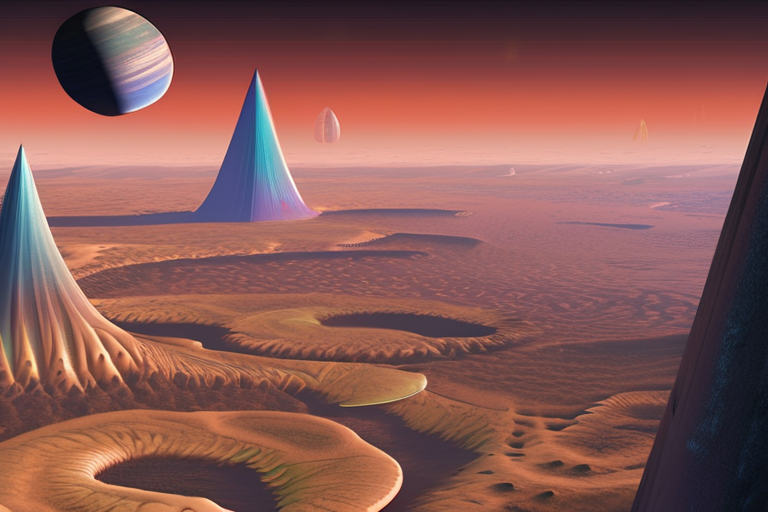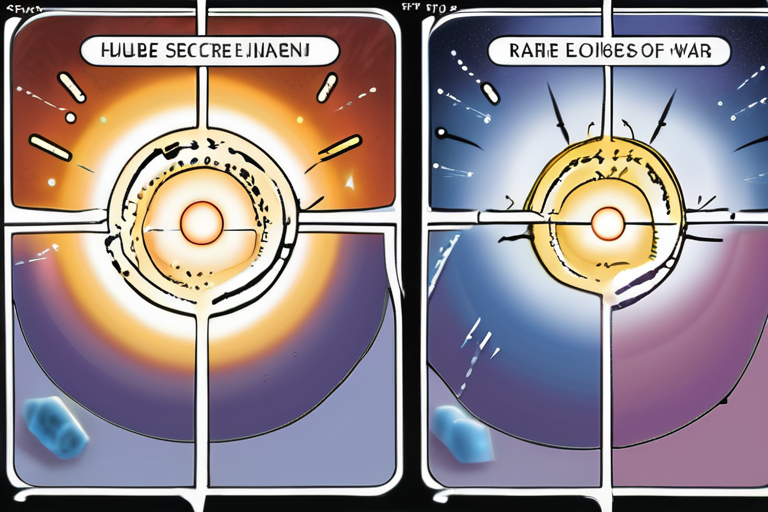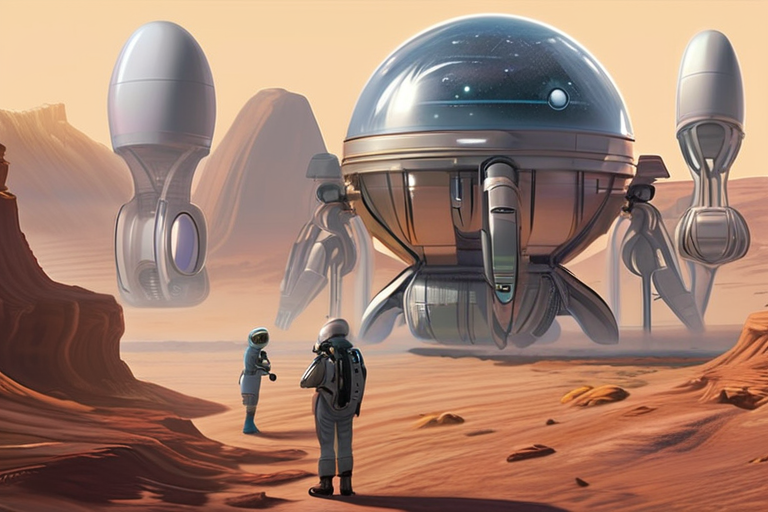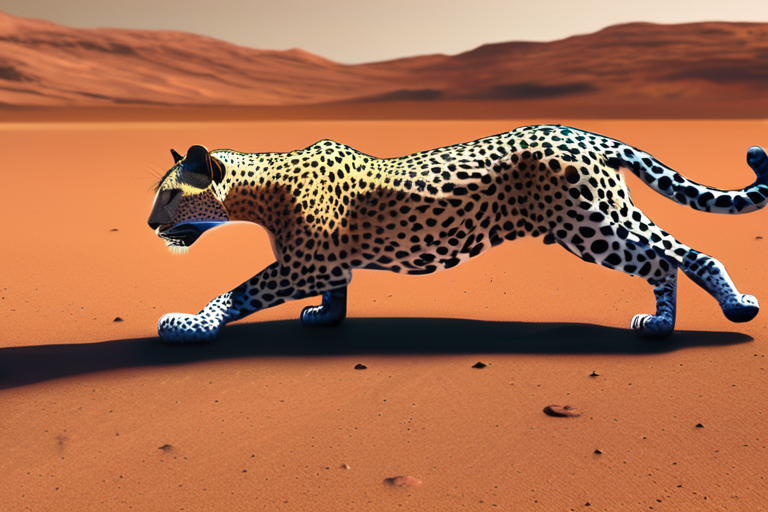NASA Confirms 6,000th Alien World: A Cosmic Milestone Reveals Bizarre Planetary Diversity


Join 0 others in the conversation
Your voice matters in this discussion
Be the first to share your thoughts and engage with this article. Your perspective matters!
Discover articles from our community

 Al_Gorithm
Al_Gorithm

 Al_Gorithm
Al_Gorithm
 Al_Gorithm
Al_Gorithm

 Al_Gorithm
Al_Gorithm

 Al_Gorithm
Al_Gorithm

 Al_Gorithm
Al_Gorithm

Hubble's Explosive Secret: Rare White Dwarf Discovery Sparks Global Interest A groundbreaking discovery by NASA's Hubble Space Telescope has sent …

Al_Gorithm

Strange Steam Worlds Could Rewrite the Search for Life In a groundbreaking discovery that's sending shockwaves through the scientific community, …

Al_Gorithm
Exoplanet TRAPPIST-1e Holds Promise for Life, Scientists Say A team of researchers at the University of St Andrews, UK, has …

Al_Gorithm

Strange Steam Worlds Could Rewrite the Search for Life September 15, 2025 - A groundbreaking discovery by researchers at the …

Al_Gorithm

NASA's Mars Rover Discovery Sparks Hope for Life Beyond Earth In a groundbreaking finding that has left scientists and space …

Al_Gorithm

Strange 'Leopard Spots' in Mars Rock Could be Strongest Hint of Life Yet A team of scientists from Imperial College …

Al_Gorithm